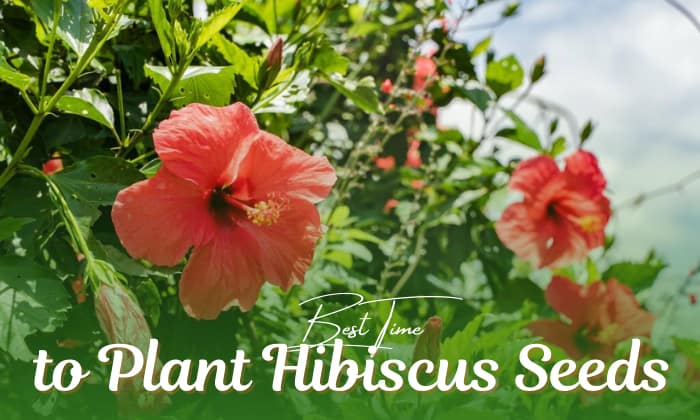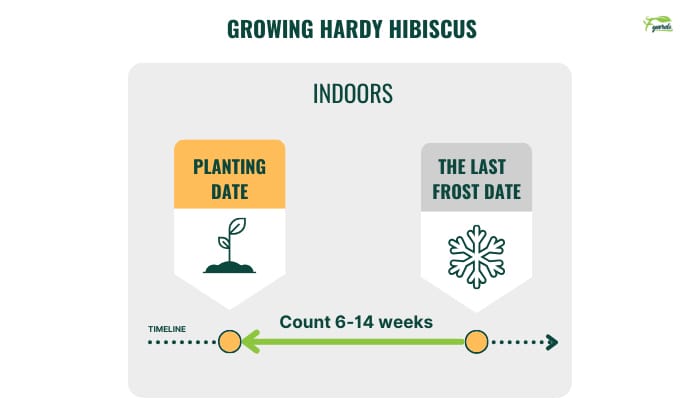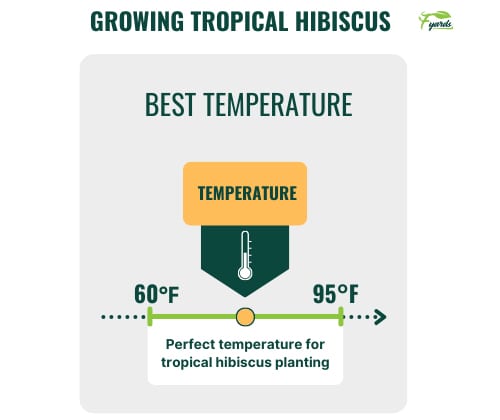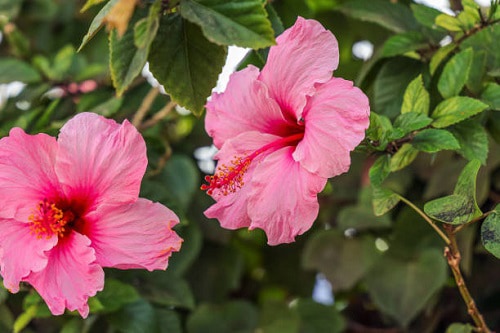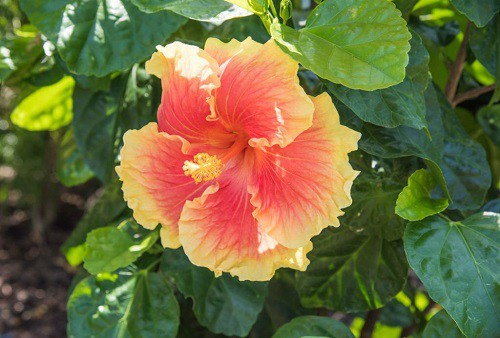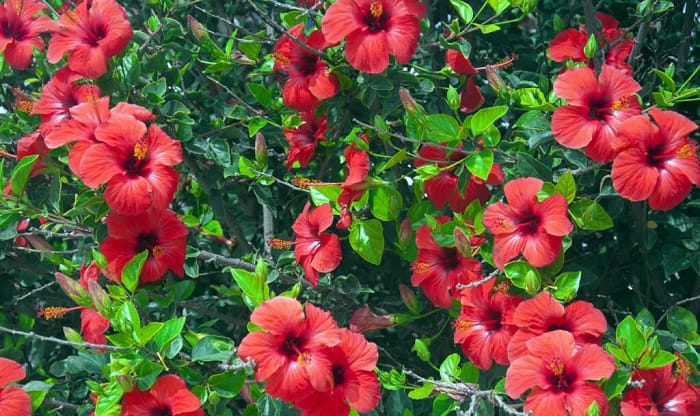Hibiscus are available both as tropical plants for warmer climates and shrubs or perennials for cooler geographical zones.
For this reason, it is necessary to know when to plant hibiscus seeds so that each variety receives the conditions it needs to grow well.
If you’re planning to sow this flower in your garden, March to May would be the best months for hardy varieties that thrive in lower hardiness regions 3 to 9.
For tropical hibiscus that suit zones 10 to 12, it’s possible to plant them in their adapted climates year-round, considering these places have little to no frost.
There are more gardening tips to learn, however, which we will discuss below.
Table of Contents
Best Time to Plant Hibiscus Seeds
As mentioned above, hibiscus planting time depends on which species you intend to grow.
Aside from this factor, the climate region you’re in also matters, since we can grow hibiscus both inside and outside of their adapted zones, though in the latter scenario, some special measures will need to be taken to ensure success. We’ll discuss both situations below.
1. Plant hibiscus flower seeds according to their hardiness zones
- Hardy hibiscus
If you have hardy hibiscus seeds, the time for direct-sowing and transplanting them will be the same: when the final frost has passed.
It is better, however, to sow seeds indoors 6 to 14 weeks before the last frost, as hibiscus have a tough shell that makes them slow to germinate. You can speed up this process by puncturing the seeds lightly with a knife and then soaking them for eight hours before sowing in trays or cells with a seed-starting mix.
Once the plants have two true leaves, move them to four-inch containers and harden them off before transplanting the seedlings outdoors after the last freezing date.
You can also put the hibiscus in a paper towel, dampen the paper, then fold it over the seeds before putting them inside a clear zip-lock bag.
Going with this method eliminates guesswork, since you’ll know which seeds germinated and which didn’t immediately.
The only downside is that you’ll eventually need to move the sprouts to the soil using tweezers.
- Tropical hibiscus
Start hibiscus seeds of this variety whenever temperatures measure at least 50℉, or 60 to 95 degrees for optimal growth.
If temperatures ever dip below 30 degrees Fahrenheit, a rare occurrence for zones 10 to 12, mulch hibiscus roots with leaves and cover the plants with frost cloth. You may also turn on warm lights for extensive winter protection.
2. Propagate hibiscus outside of their hardiness regions
- Hardy hibiscus
Since hardy hibiscus must be planted when there’s no frost, you can grow them year-round in zone 10 and 11. Avoid zone 2 and colder regions, since this variety is not hardy down to those areas.
- Tropical hibiscus
Since zones 9 and lower have more frequent frost, tropical hibiscus in these regions will require winter protection, and it’s essential to grow them after the final frost.
You can keep hibiscus in containers and move the plants indoors once cold weather arrives, though it must be said that pots can stunt hibiscus’ growth if they aren’t half as tall as the plants’ heights.
In case you don’t fancy moving the flowers every so often, another alternative is to let tropical varieties die naturally during winter.
Tips for Successful Hibiscus Seed Sowing
- Plant seeds ¼ inch deep into containers.
- Once hibiscus are ready for transplanting, dig a hole large enough to accommodate the root ball and cover it with soil. The hole should be twice as wide as the roots and filled halfway with water before planting.
- Water once a week or as often as necessary to keep the top inch of the ground damp.
- When growing hibiscus from seed, give them full sun, a spacing of three to six feet between plants, and a pH measuring 6.5 to 6.8.
- Fertilize established hibiscus every two weeks with a 0-10-10 fertilizer. You can also feed the seedlings once a month with a slow-release, low-phosphate, medium-nitrogen, and high-potassium formula.
When Can I See Germinating Hibiscus Seeds?
Hibiscus seed germination will happen within two to three weeks, provided you follow the tips above and keep the soil warm at 70 degrees Fahrenheit or higher.
How to Save Hibiscus Seeds?
Hibiscus seed pods are green but will turn brown as they mature. You can collect the pods at this point, when their outer parts begin to dry out and open.
Cut the pods from the plant stems, pull the seeds out, and dry them for a week. You can collect hibiscus seeds in an envelope or a jar, then keep them in the fridge until planting time.
Conclusion
When to plant hibiscus seeds is handy knowledge to help us add colors to yards, patios, and garden beds. These vibrant flowers come in many shades, such as yellow, peach, and orange.
They also attract butterflies and pair well with ornamental grasses and groundcovers, such as miscanthus and geraniums, so there are plenty of ways to incorporate hibiscus into landscapes.

Hi, I am William – Floridayards’ digital content creator. My job is to find answers to all your concerns with thorough research and our team’s expert advice. I will also bring you honest reviews on the best products and equipment for raising your beautiful garden. Please look forward to our work!


